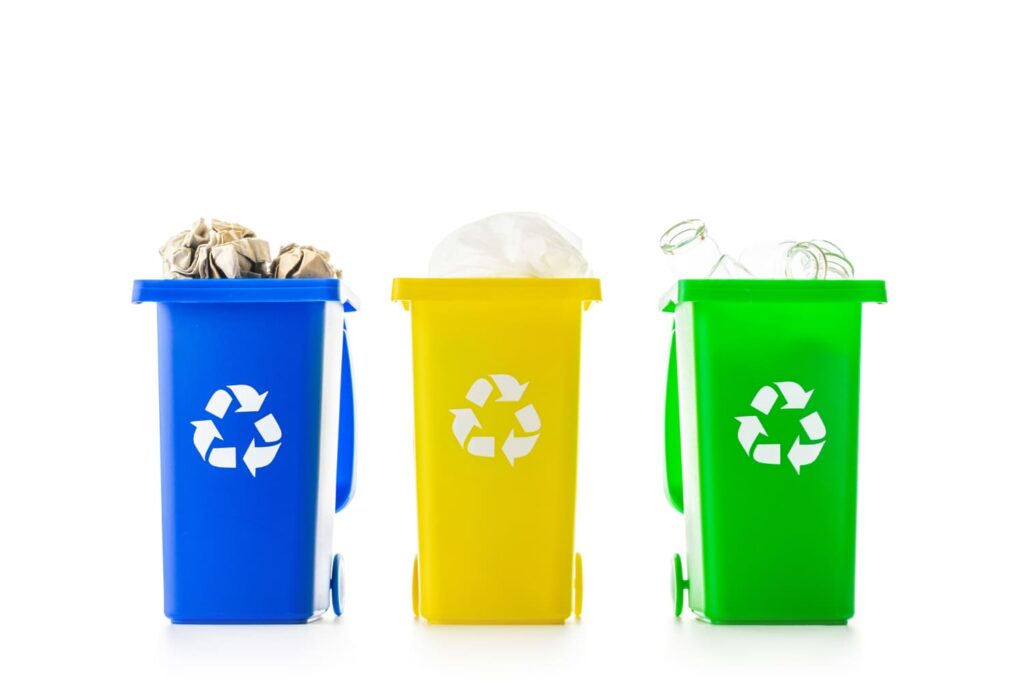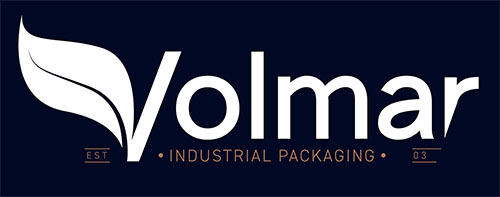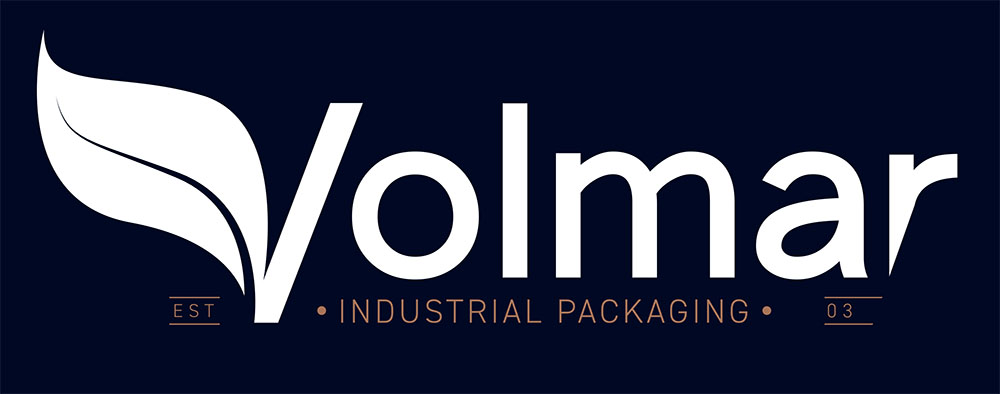
Packaging is not only a fundamental tool to protect, preserve and enhance products but at the end of the supply chain it becomes waste with an environmental impact that needs to be minimized.
In order to improve the sorting of packaging waste and increase consumers’ awareness of the correct disposal methods, a system for the Eco-labelling of packaging has been established.
After several delays, this system will become effective in 2023 and it is aimed to enable companies to give consumers full information about the environmental characteristics of their packaging in a clear, transparent and straightforward way. Let’s see what the regulations requires.
What is Eco-labelling of packaging?
Eco-labelling of packaging is an evolution of the currently used system. This new label is more digitalized, easy to read and contains more complete information, so that consumers are better informed about where packaging materials needs to end up and to ease the collection, reuse, recovery and recycling of packaging.
The new Eco-labelling of packaging contains the following information:
- Type of packaging, indicated by a full description or a graphic (e.g. a tub, flask, can or bottle);
- Material identification, using the alphanumeric recycling code established by Decision 97/129/EC (which could eventually be combined with the icon provided for in standard UNI EN ISO 1043-1:2002 for plastic packaging, or in line with standard CEN/CR 14311:2022 for aluminum, steel and plastic packaging, e.g. PET 1 or ALU 41);
- Material family (e.g. Steel, Paper, Aluminum, Plastic, Glass);
- Disposal guidelines, i.e. whether or not the packaging can be recycled.
The environmental label has to be applied either to the main body of the packaging (e.g. on the box or tray), to the component that already has the label on, in order to make the information more complete and the individual components that can be manually separated (e.g. films and caps).
It is possible to include all the information directly on the packaging, ensuring that it is legible and easy for consumers to understand. Alternatively, it is possible to include only the minimum amount of information required by law and link to digital content, for example by scanning a QR code or forwarding to an Eco-labelling website.
When does the Eco-labelling come into effect?
After the last postponement of the Eco-labelling in 2022, the obligation to provide this identification and information on packaging comes into effect on January 1, 2023, and is a requirement for:
- Manufacturers;
- Packaging material suppliers;
- Processors;
- Importers of packaging materials and empty packaging.
Eco-labelling: the regulations
The relevant regulation governing Eco-labelling in Italy is Italian Legislative Decree 116/2020, which recognizes EU Directive 2018/851 on waste and EU Directive 2018/852 on packaging and packaging waste. This legislative decree introduced the environmental labeling requirements for all packaging introduced into Italy, regardless of where it was produced.
The guidelines on Eco-labelling, which are aligned with the provisions of Italian Legislative Decree 152/2006, are contained in Italian Ministerial Decree 360/2022. This document – aimed to correctly informing those responsible for packaging – was drafted in accordance with the guidelines from CONAI, the National Packaging Consortium.
In order to support the involved companies, a website dedicated to Eco-labelling for packaging was also created: etichetta-conai.com. This web platform can be accessed by anyone and provides all the information, guidelines and regulatory references in full detail.
The etichetta-conai.com website also has a labeling tool that identifies the content of the environmental label and helps companies to create a label that complies with the law and communicates all the useful information to consumers. The regulations are also available on the mite.gov.it website by the Italian Ministry for the Environment.
Eco-labelling: the sanctions
Companies that do not comply with the 2023 Eco-labelling risk serious sanctions, as prescribed by Legislative Decree 152/2006, with a fine of between 5,200 and 40,000 euro for parties who introduce packaging onto the market that is non-compliant. The financial penalty can be applied to packaging manufacturers, distributors and sellers.
It is important to remember that the Eco-labelling for packaging favors the use of digital tools like QR codes, apps or websites. This approach is included in the Italian National Recovery and Resilience Plan, in line with the simplification, digitalization and technological innovation process.
According to CONAI guidelines, it is better to create specific digital content for each type of packaging so that the consumer can find all the information they need quickly and easily. However, it is advisable to avoid long lists of packaging materials in this kind of digital resource as it could cause problems and misunderstandings for the end consumer.
Volmar can supply food packaging that complies with the new Eco-labelling requirements for packaging, offering companies in the food industry a wide range of high-quality custom customized packaging solutions. We also offer eco-friendly food packaging made of materials that ease waste sorting and recycling to reduce the ecological footprint of food packaging.

